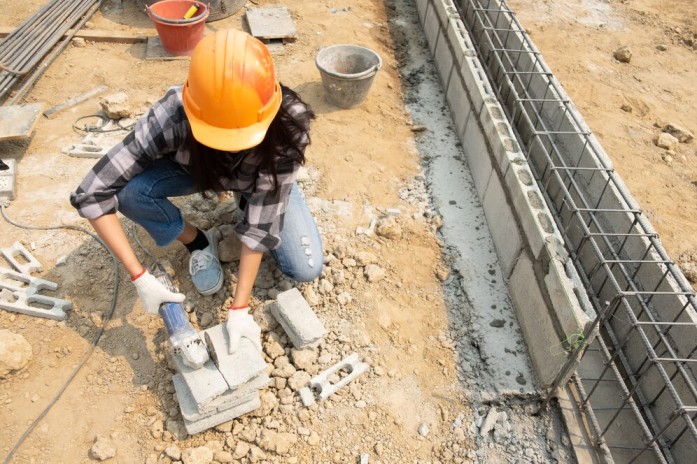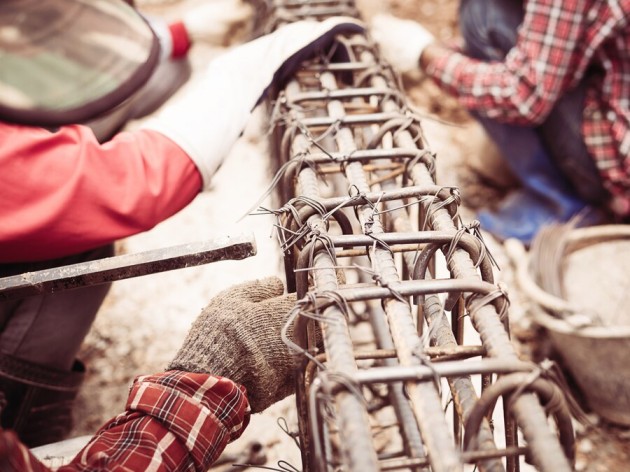Stirrups are essential components in reinforced concrete, acting as closed loops of rebar that secure the main reinforcement bars (RFT) within concrete structures. They ensure stability and prevent shear failure, making them crucial in construction. Two main types of stirrups are commonly used: closed stirrups and open stirrups. The sem decides whether the top service better fits the architectural demands of the structure or the shoring demands of the project.
Types of Stirrups in Construction

- Single-Legged Stirrups (Open Stirrups)
These stirrups are designed to secure two rods. While rarely used in most projects due to their limited application, they can be found in small, specific areas where minimal reinforcement is needed. - Two-Legged or Double-Legged Stirrups (Closed)
The most widely used type of stirrup, ideal for lintel construction and structures requiring reinforcement with at least four rods. This design is highly effective for providing stability and has been a staple in bridge construction since the 18th century. - Four-Legged Stirrups (Closed)
Designed for increased stability, four-legged stirrups consist of overlapping stirrups that partially enclose the rods. This configuration ensures a strong hold on the central rods and minimizes the risk of slippage, providing improved structural integrity. - Six-Legged Stirrups (Closed)
 These stirrups are used to reinforce beams with eight bars, offering robust support in high-load structures such as bridges. The six-legged design ensures that all eight rods are securely held in place, enhancing the durability of the structure.
These stirrups are used to reinforce beams with eight bars, offering robust support in high-load structures such as bridges. The six-legged design ensures that all eight rods are securely held in place, enhancing the durability of the structure. - Circular Stirrups (Open Stirrup)
Commonly used for round columns, circular stirrups provide stability in curved structures. This design dates back to ancient times, seen in iconic structures like the Colosseum, where circular columns were reinforced using this method. - Helical Stirrups (Open Stirrup)
Resembling the double-helix structure of DNA, helical stirrups coil around rods, providing superior grip and reinforcement for circular columns. Their design offers an advantage in projects requiring additional support for circular structural elements.
Conclusion
Proper stirrup specification is essential for ensuring the stability and durability of a structure. Walls and Dreams This article analyzed several kinds of stirrups applied in construction; these stirrups are used depending on the construction project type. Walls and Dreams If there is anything regarding the contents of this paper that you did not understand, or perhaps you require more light shed on, do not hesitate to reach out to us.






